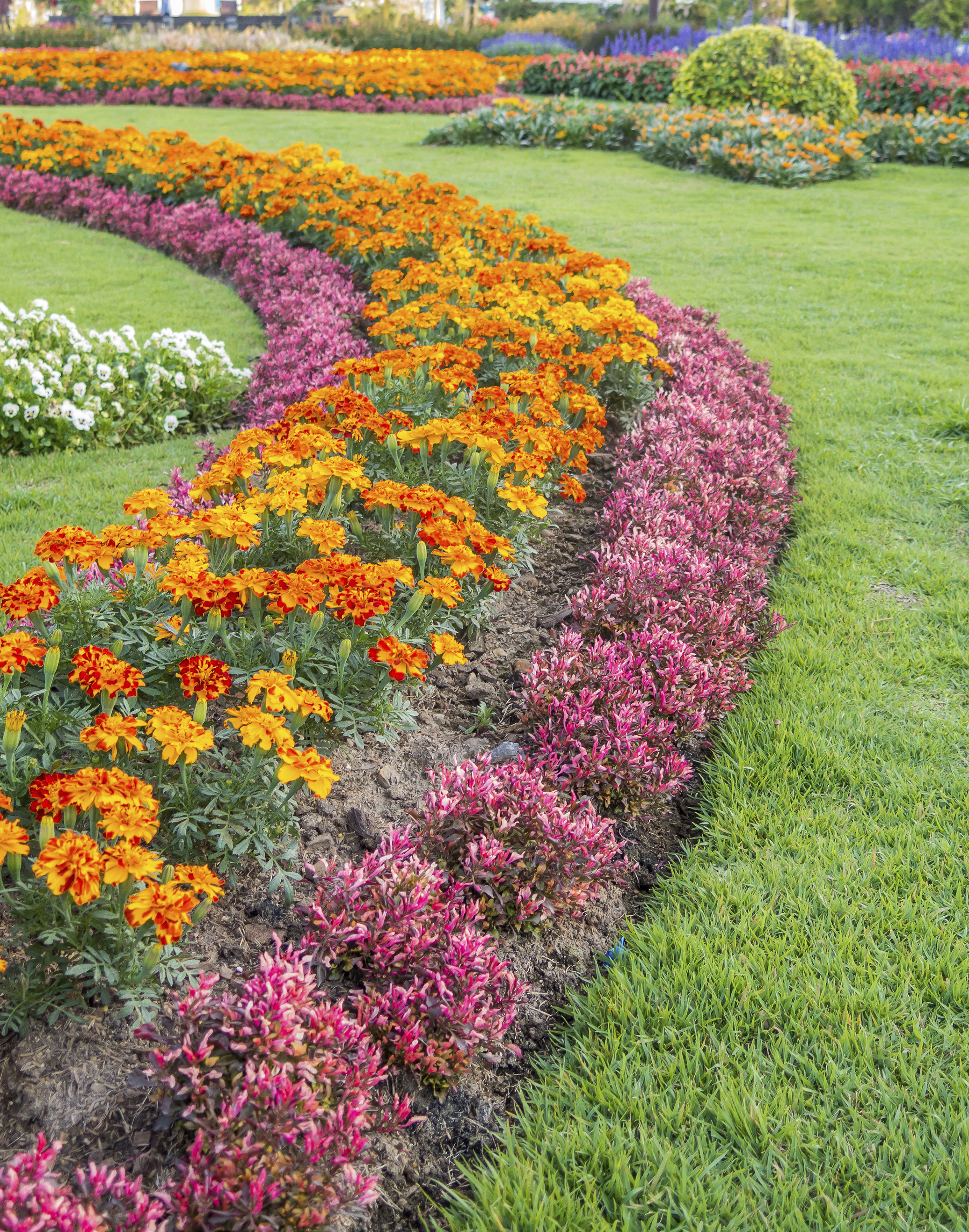Plant format refers back to the association of equipment, equipment, workstations, and different elements inside a manufacturing facility, industrial plant, or any workspace. The primary objective of plant structure is to design and manage the bodily environment in a means that optimizes productivity, effectivity, safety, and overall effectiveness. Here are the necessary thing purposes and objectives of plant layout:
Optimizing Productivity: One of the first targets of plant format is to maximize productiveness by arranging workstations and gear in a logical and environment friendly sequence. An efficient layout reduces pointless materials dealing with, minimizes bottlenecks, and ensures easy workflow.
Minimizing Material Handling: Plant format aims to attenuate the movement of materials, merchandise, and parts throughout the facility. By lowering the distance and time required for material handling, it saves time and labor prices.
Improving Efficiency: An effective plant layout minimizes idle time, ready time, and downtime. It ensures that gear and resources are utilized to their full potential, resulting in improved efficiency and output.
Enhancing Safety: Safety is a crucial consideration in plant format design. The association of equipment and tools ought to prioritize the protection of employees, minimizing the danger of accidents, collisions, and publicity to hazards.
Reducing Costs: A well-designed plant format can result in price savings when it comes to labor, power, maintenance, and materials handling. It also can assist identify alternatives for cost reduction and process improvement.
landscaping design : An organized plant layout makes it easier to implement high quality management measures by ensuring that workstations and inspection points are strategically placed within the manufacturing course of.
Flexibility and Adaptability: Plant layouts should allow for flexibility to accommodate adjustments in production volume, product mix, and technological advancements. A flexible structure can adapt to evolving enterprise needs.
Optimizing Space Utilization: Effective use of accessible space is a key consideration in plant structure. Efficient area utilization can lead to cost savings by decreasing the need for added sq. footage or warehouse area.

Enhancing Communication and Collaboration: The layout can influence communication and collaboration among staff. An open and well-organized format can foster better communication and teamwork.
Minimizing Environmental Impact: Plant format design can also contribute to environmental sustainability by optimizing useful resource utilization, lowering waste, and minimizing vitality consumption.
Compliance with Regulations: Plant layouts should adhere to regulatory requirements and security requirements, guaranteeing that the facility operates within legal and ethical boundaries.
Improving Morale and Job Satisfaction: A well-designed plant layout can contribute to a extra snug and organized work surroundings, enhancing worker morale and job satisfaction.
Streamlining Maintenance: Easy access to gear and machinery simplifies maintenance and restore duties. An organized structure can cut back downtime associated with upkeep activities.
In abstract, plant structure serves as a strategic tool for businesses and industries to optimize their operations and obtain numerous objectives, including productiveness improvement, price reduction, security enhancement, and resource efficiency. It is a dynamic process that must be periodically reviewed and adjusted to accommodate altering wants and technological developments..
